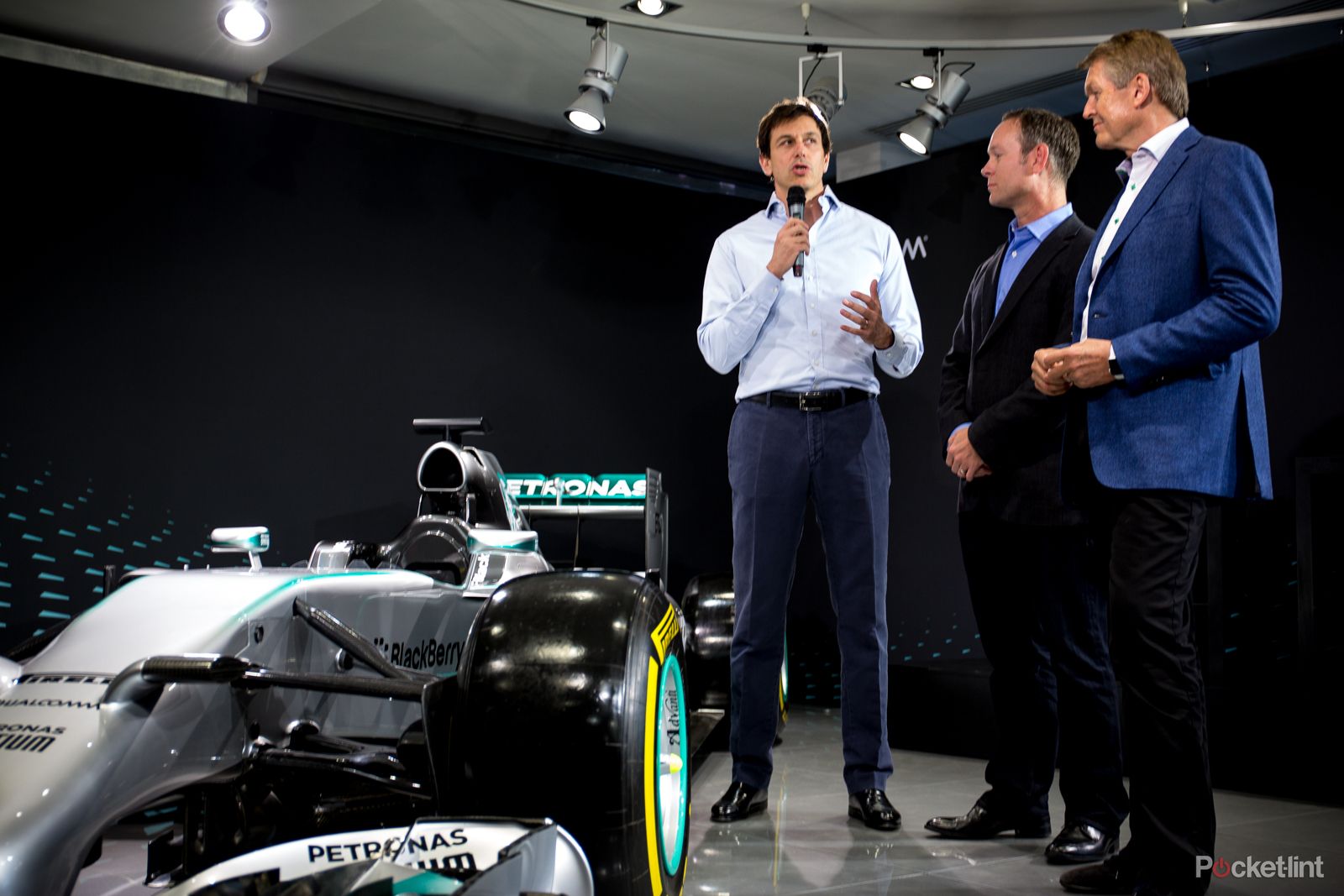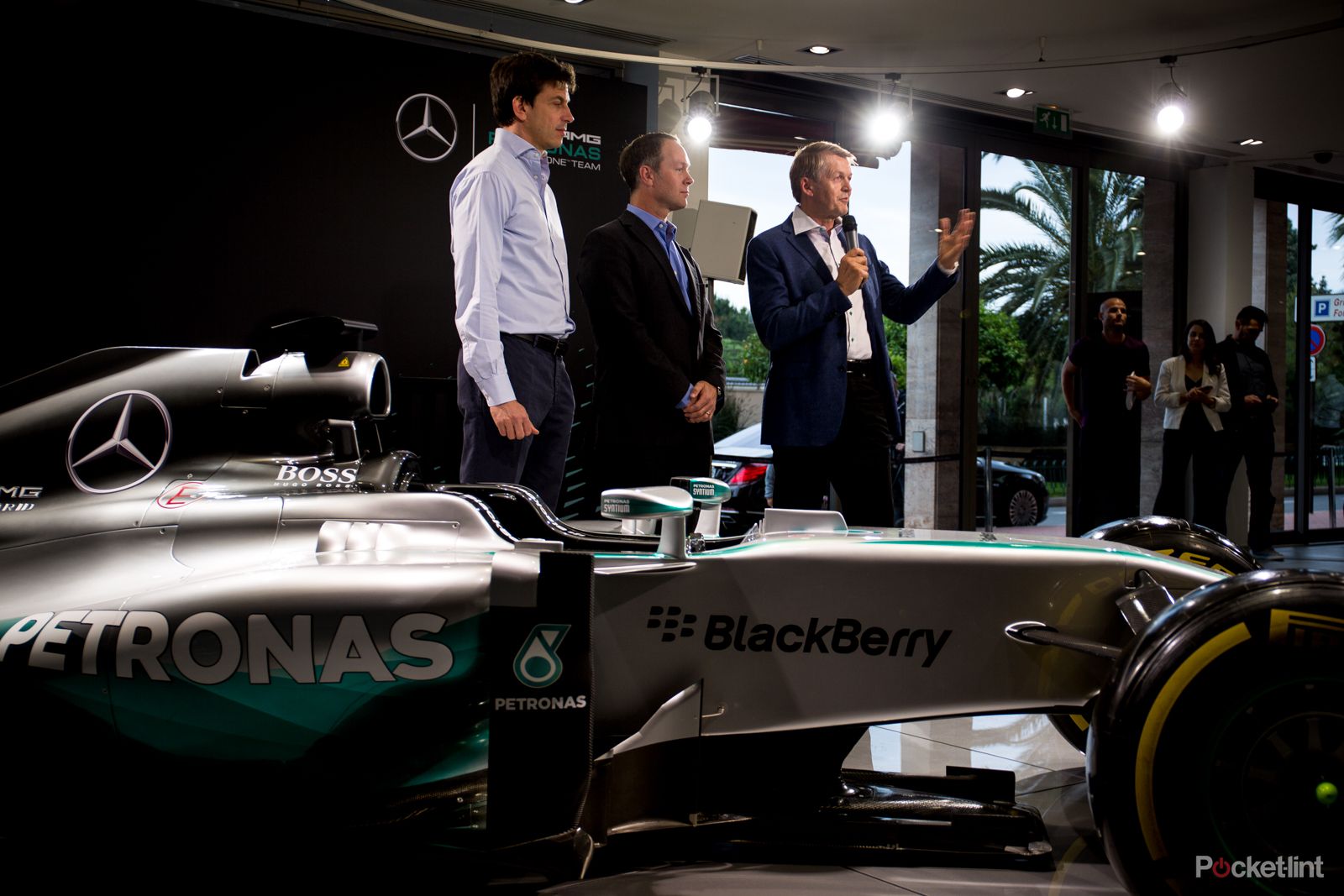As a partner of the Mercedes AMG Petronas Formula One team, Qualcomm works closely with them to help ensure their cars are amongst the most connected in the sport. The team has dominated F1 this year and communication technologies are key to that success.
However, in Monaco on the eve of the Grand Prix, Qualcomm's president Derek Aberle, along with Mercedes' F1 boss Toto Wolff and Professor Thomas Weber from Daimler, also announced that a lot of the expertise learnt in that partnership will also benefit road car owners. As will Qualcomm's experience with Formula E.
It will collaborate with Daimler to introduce new technologies in its road vehicles across multiple brands, including Mercedes-Benz, in the future. And they could change certain aspects of driving and refuelling cars forever.
So which technologies are being looked at and how will they affect us. Here's a mini run-down...
You won't have to plug in electric or hybrid cars
One of the major technologies talked about at the launch event was Qualcomm's Halo Wireless Electric Vehicle Charging (WEVC). It both offers high performance and high power in a small package that can be recharged though kinectic power points rather than needing to be plugged in.
Daimler customers would therefore be able to charge their cars by parking them over wireless charging points.
Where and when these would be installed is unclear at present, nor have we been informed of a timescale for this program to launch, but it could be the biggest influencer for the take up of zero emission vehicles yet.
You will be able to charge your devices wireless in-car
Qualcomm WiPower technology will also be installed inside future Daimler vehicles, so you can charge your smartphone by simply placing it on a dedicated area.
This, of course, is also already being implemented in cars from other manufacturers so is likely to happen sooner rather than later.
Cloud connectivity
Another technology slated for inclusion is 3G/4G connectivity. This will allow your car to constantly connect to a cloud service - most likely a closed system operated by the manufacturer - and therefore reap the benefit of information and internet connectivity without the need for a separate device, such as a smartphone.
Again, other manufacturers are exploring constant communication possibilities too. And devices, such as satnavs, have featured 3G connectivity for a while.
In-car infotainment to run off dedicated processors
Qualcomm has previously detailed its Snapdragon Automotive Systems technology and the Daimler deal will ensure that cars across its multiple brands use that tech's abilities.
READ: Qualcomm Snapdragon 602A to power in-car Android experience
The most obvious use for the dedicated automotive processor is to help drive the infotainment system. The highly-specified processor (currently the 602A) will ensure the Android or QNX operating systems run smoothly and quickly, while the chipset also includes Bluetooth and Wi-Fi connectivity for in-car communication with devices. The 3G/4G LTE connectivity mentioned earlier will also be part of this overall system.
As well as the infotainment set-up, the Snapdragon processor is utilised by other in-car intelligent systems, including sensors to enhance safety and comfort.


